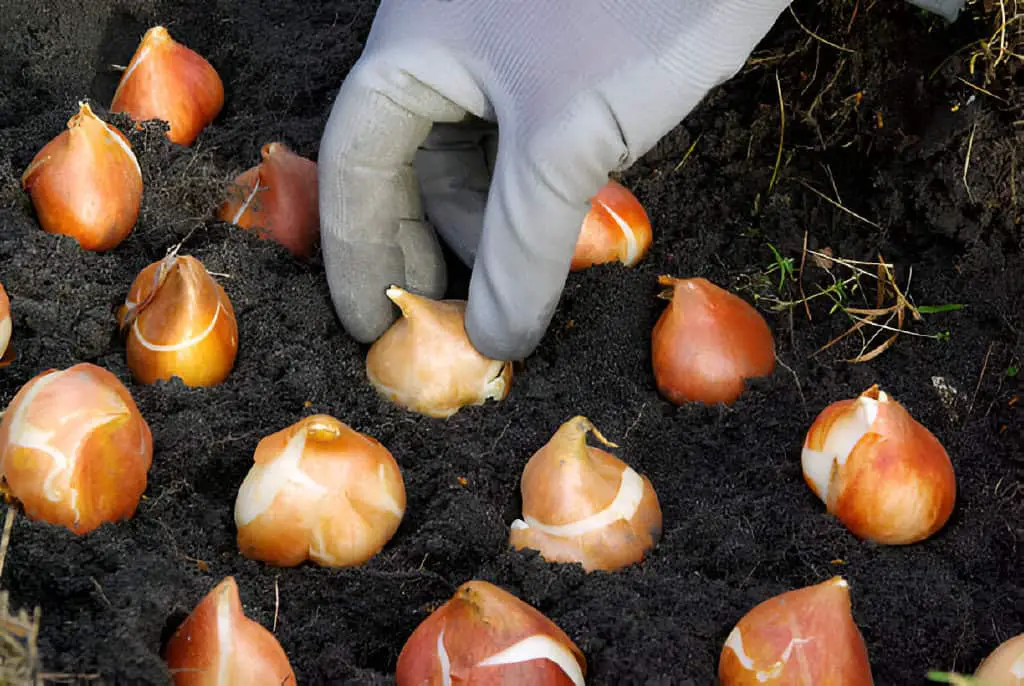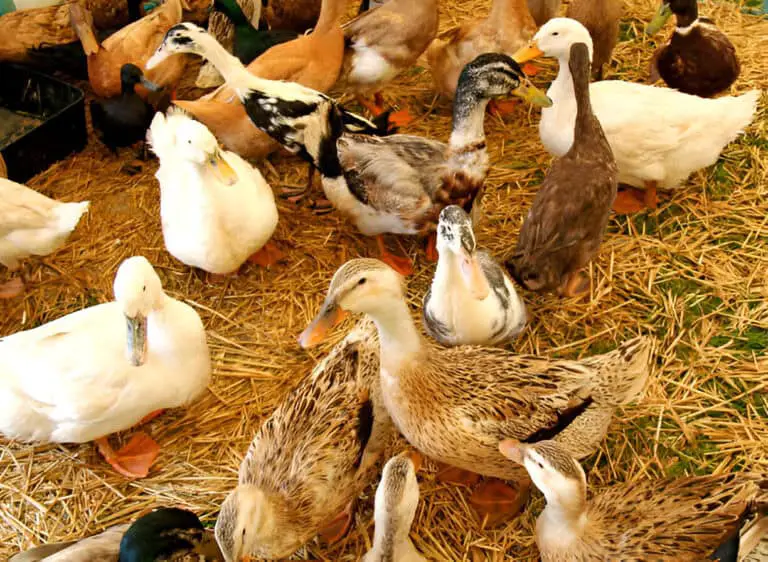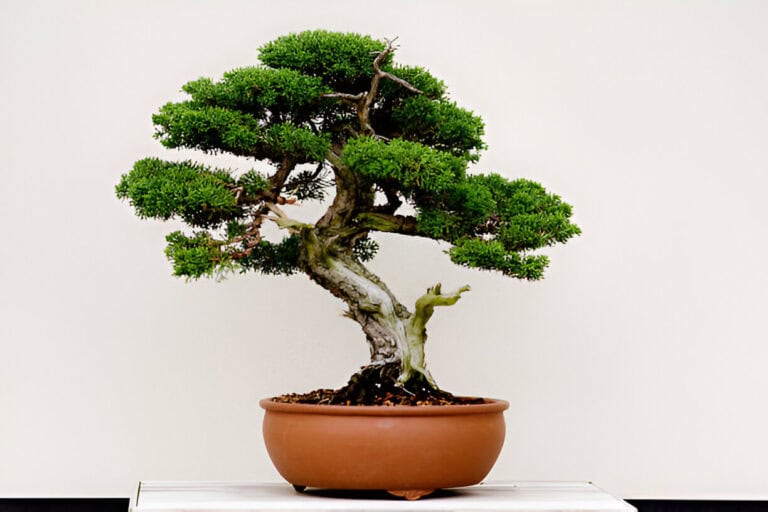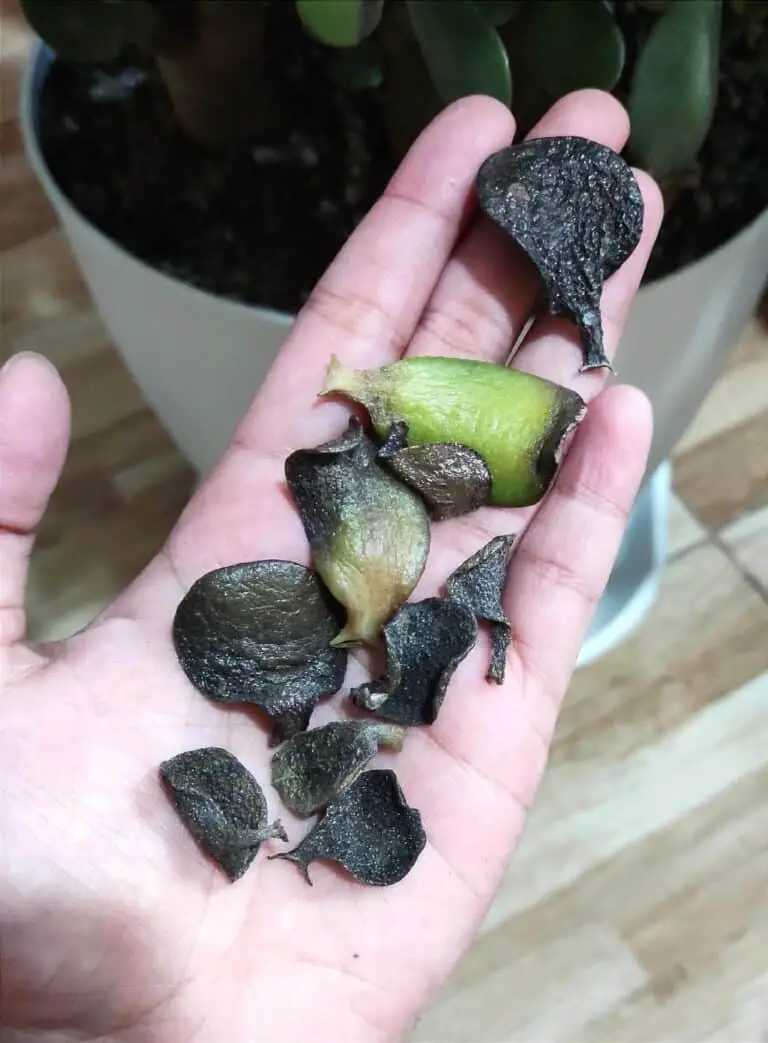When to Plant Tulips in New Zealand: Best Timing for Optimal Growth

Tulips are a favorite among gardeners for their vibrant colors and striking blooms. Planting tulips in New Zealand can be a delightful and rewarding experience for any gardener, but timing is everything. Have you ever wondered when the best time to plant tulips is to ensure a vibrant and colorful spring display?
In this article, we’ll explore the optimal planting season for tulips in New Zealand, along with essential tips to help your bulbs thrive. By understanding the right time and methods for planting, you can enjoy a garden bursting with the beauty and elegance of tulips come spring. Keep reading to discover how to make the most of your tulip planting efforts and transform your garden into a floral masterpiece.
Understanding New Zealand’s Climate
New Zealand’s climate varies between its two islands. This affects the best time to plant tulips. New Zealand has mild, wet winters and warm, dry summers. These are ideal for growing tulips.
Seasonal Overview
- Spring (September to November): Warming temps and more sunlight. It’s the start of tulip season.
- Summer (December to February): Warm temperatures, crucial for the post-blooming phase.
- Autumn (March to May): Cooling temperatures, the ideal time for planting tulip bulbs.
- Winter (June to August): Cold and wet, essential for the vernalization process of tulip bulbs.
Best Timing for Planting Tulips Buds

The optimal time to plant tulips in New Zealand is during the autumn months, when the soil has cooled but before the first frost. This timing ensures the bulbs get a cold period (vernalization). It will produce vibrant flowers in the spring.
North Island Planting
- Best Time to Plant: Late April to early June.
- Benefits: Planting now helps the bulbs establish before winter’s cold.
- Considerations: Northern regions are warmer. So, check that soil temperatures have dropped enough before planting.
South Island Planting
- Best Time to Plant: Late March to early May.
- Benefits: Cooler temperatures in the South Island mean you can plant slightly earlier than in the North Island.
- Considerations: Be mindful of early frosts, especially in inland areas.
Soil Preparation
Proper soil preparation is key to successful tulip growth. Tulips thrive in well-drained, fertile soil with a slightly acidic to neutral pH (6.0–7.0).
Soil Testing and Amendment
- Test the Soil: Conduct a soil test to determine pH and nutrient levels.
- Amend the Soil: Add organic matter such as compost or well-rotted manure to improve soil structure and fertility.
Bed Preparation
- Loosening the Soil: Tulips require loose, well-drained soil. Loosen the soil to a depth of at least 30 cm.
- Mulching: Apply a layer of mulch, such as straw or shredded leaves, to retain soil moisture and suppress weeds.
Tulips Planting Techniques
Choosing the Right Tulip Varieties
Selecting the right tulip varieties is crucial for successful cultivation. Some popular varieties for New Zealand include Darwin Hybrids, Triumph Tulips, and Species Tulips.
- Variety Selection: Choose a variety suited to your climate and desired bloom time.
- Bulb Quality: Ensure bulbs are firm, free of mold, and large (larger bulbs produce bigger blooms).
Planting Steps
- Start by planting tulip bulbs in well-draining soil, ideally in a sunny location.
- Planting Depth: Plant tulip bulbs 10-15 cm deep, with the pointed end facing upwards.
- Spacing: Space bulbs 10-15 cm apart to allow for proper growth and air circulation.
- Watering: Water thoroughly after planting to help settle the soil and encourage root development.
Caring for Tulip Plants
As tulips grow, regular maintenance is key. Caring for tulip plants involves several essential steps to ensure they thrive and produce vibrant blooms.
Watering
Consistent watering is crucial, especially during dry periods. During the growing season, provide consistent watering, especially if rainfall is scarce.
- Frequency: Water tulip plants regularly, keeping the soil moist but not waterlogged.
- Method: Use a soaker hose or drip irrigation to water at the base of the plants, avoiding wetting the foliage.
Fertilizing
Apply a balanced fertilizer in early spring as the tulips begin to grow.
- Type: Use a slow-release, balanced fertilizer formulated for bulbs.
- Application: Follow the manufacturer’s instructions for application rates and methods.
Mulching
Mulching helps retain soil moisture and suppress weeds.
- Mulch Type: Use organic mulch such as straw, bark, or compost.
- Depth: Apply a layer of mulch 5-10 cm deep around the base of the plants.
Pest and Disease Management
Monitoring for pests and diseases is also important in tulip care. Common pests like aphids and slugs can be managed with organic pest control methods. Diseases such as tulip fire and bulb rot can be prevented by ensuring good air circulation and avoiding overwatering. If you notice any signs of disease, remove affected plants promptly to prevent the spread.
Common Pests
Common pests that target tulips include aphids, slugs, and bulb mites. These insects can cause significant damage by feeding on the leaves and bulbs, leading to stunted growth and deformed flowers. To combat these pests, regular inspection and early intervention are key. Natural predators, insecticidal soaps, and organic repellents can keep these pests at bay.
Common Diseases
Diseases such as Botrytis blight and Fusarium wilt are also concerns for tulip growers. Botrytis blight, or tulip fire, causes brown spots and a fuzzy gray mold on the leaves. Fusarium wilt leads to bulb rot and yellowing leaves. To prevent these diseases, use proper practices. Ensure good air circulation, avoid overhead watering, and rotate planting locations.
Control Methods
- Natural Predators: Encourage beneficial insects such as ladybugs and lacewings.
- Organic Sprays: Use neem oil or insecticidal soap to control pests.
- Good Hygiene: Remove and destroy affected plant material to prevent the spread of disease.
Harvesting and Post-Bloom Care
Proper post-bloom care ensures your tulips will return year after year.
Deadheading
Remove spent flowers to prevent the plant from wasting energy on seed production.
- Timing: Deadhead tulips as soon as the petals begin to fall.
- Method: Cut the flower stem back to the base of the plant.
Foliage Care
Allow the foliage to die back naturally to provide energy for next year’s blooms.
- Timing: Do not remove foliage until it has turned yellow and withered.
- Method: Gently remove the dead foliage to prevent disease.
Storing Tulip Bulbs
If you live in an area with particularly wet winters, you may need to lift and store tulip bulbs.
- Lifting Bulbs: Carefully dig up the bulbs after the foliage has died back.
- Cleaning Bulbs: Remove excess soil and allow the bulbs to dry in a cool, well-ventilated area.
- Storing Bulbs: Store bulbs in a paper bag or mesh sack in a cool, dry place until replanting in the autumn.
Conclusion
Planting tulips in New Zealand can be a rewarding experience, providing you with stunning blooms in a variety of colors and forms. You can enjoy a successful tulip harvest each year. To do this, learn the best planting times, prepare the soil, and provide consistent care.
No matter where you’re planting, these guidelines will help your tulips thrive and beautify your garden. They apply to both the North and South Islands. Happy planting!






